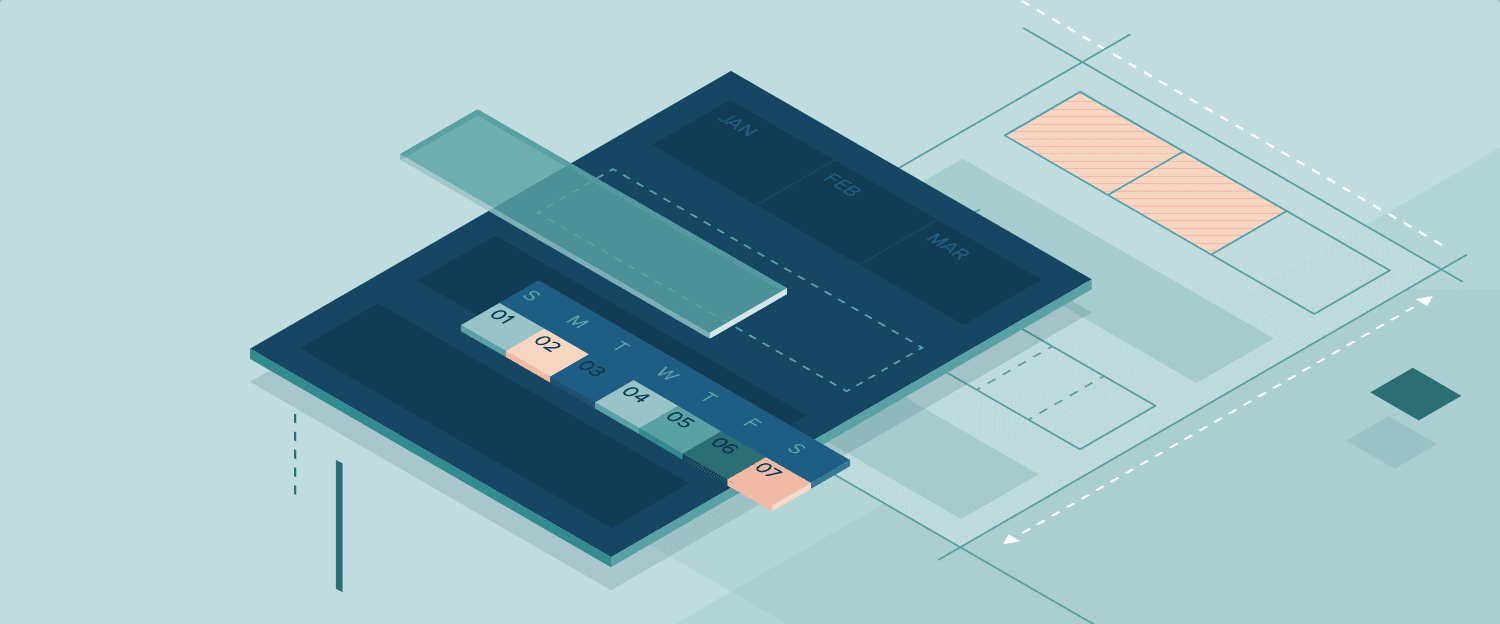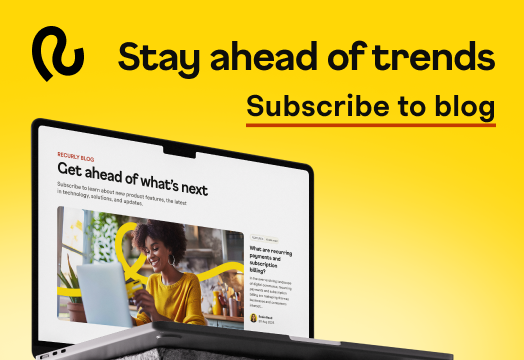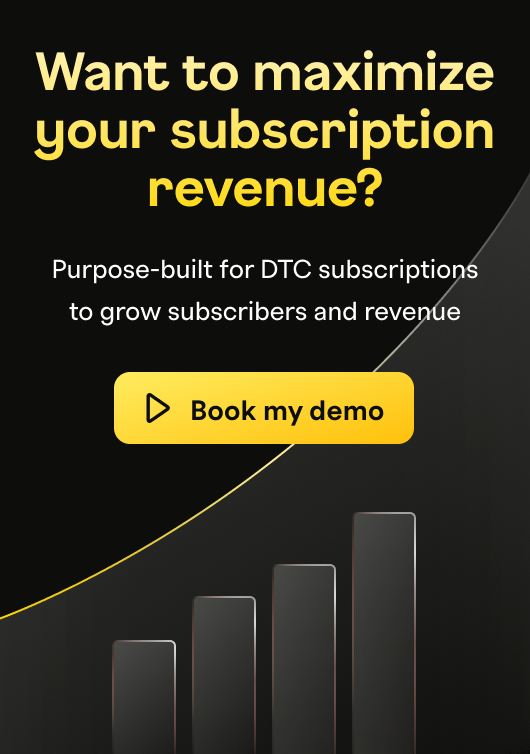Hard Lessons Learned in the Land of the Free(mium)

Freemium has become a massively popular business model in SaaS in the last few years.
While it can look like the secret ingredient to success for many businesses, it doesn’t work for everyone.
In this post, we’ll share how the team at Qwilr tried freemium, what happened, and what they learned.
Why Qwilr Tried Freemium
So what led Qwilr to try a freemium subscription business model?
Let’s start with some context. Qwilr is a document design and automation tool that makes it quick and easy to create beautiful sales and marketing documents as web pages rather than static, boring PDFs or PowerPoints.
Generally speaking, it’s used to create documents like proposals and quotes and many of our users start with one of our templates, customize it to their needs and send it off to the potential client as an interactive web page.
Due to the inherent nature of Qwilr, the product has some virality built in: Consumers use it to create a document and then send it to others, who then see a beautiful interactive webpage and want to find out more. This organically leads to new visits to our website, some of whom then sign up to try out the product for themselves (our viral leads have by far the best signup rates of all of our visitors).
Historically, we’ve generated 10% to 15% of our new signups this way at a Cost Per Signup of virtually $0.
If you’re familiar with the viral coefficient (also known as K-factor), you’ll know that there are a number of factors that go into it, including:
Number of users
Number of ‘invites’ or ‘referrals’ sent out
Percent of invites / referrals that convert to users
Without getting too technical, it’s basically how many users you have sending invites (in our case, an invite = a Qwilr Page shared), how many invites each user sends, and what the conversion rate is from seeing an invite to signing up for our product.
And if you have a paid product like Qwilr, the final, critical step is the conversion rate from signup to paid subscriber.
We already had a good conversion rate from people viewing the Qwilr Page to signing up for the product, and historically our viral channel was also the best for conversion to paying customer as well, so our main goal was to increase the number of ‘invites’.
Our hypothesis was that if we introduced a free plan, we’d be able to both increase the number of subscribers using Qwilr to send documents (as they wouldn’t get locked out after their 14-day free trial ended), and increase the number of documents each user would send (because if it’s free, you’d use it to send every proposal your business creates, and potentially even use it for other documents like case studies, quotes, presentations, etc).
How Qwilr Added a Freemium Plan and What Happened Next
Before going freemium, Qwilr had 3 pricing plans: Pro, Business and Enterprise. Users could create an unlimited amount of documents on each plan, and the difference between each was mainly feature based (e-signatures, payments, integrations, etc).
When Qwilr added Freemium, we didn’t change any of the existing plans. We simply added a Free plan into the mix that had a limit of 10 documents and mostly the same feature mix as the Pro plan.
In terms of the signup flow, when a user first signed up they would be presented with a choice of either going straight to the free plan or starting a trial of the business plan (that would then revert to the free plan after 14 days if they didn’t enter their credit card details and upgrade.)
It’s also worth mentioning that we didn’t do any heavy marketing or promotion around this new free plan: We simply changed the pricing and signup flow for those coming to our site from our existing channels (like SEO, SEM, Paid Social, etc).
The Good, The Bad, and The Ugly
The Good - Virality
Upon launching the Free plan, we saw more than 3x increase in our K-factor (the ratio which measures the effectiveness of virality as an acquisition engine).
Interestingly though, some of the biggest gains came from an unexpected place.
Our original hypothesis was that introducing a free plan would both increase the number of users sending proposals (as they wouldn’t get locked out after their 14-day free trial ended), and increase the number of proposals each user would send.
While both those things happened, it was actually an increase in the conversion rate from seeing a Qwilr Page to signing up for the product that made the most impact.
Previously, of the people who viewed a Qwilr Page and who would then visit our website, about 10% would go on to sign up for the product.
After launching the Free plan however, the number of people who viewed the website and then went on to signup increased to 25%.
Turns out these visitors, who liked what they saw but may not have been actively looking for a new tool to send proposals and documents, were much more motivated to try it when they were able to use it for free forever (as opposed to just getting a free trial).
The Bad - Sales Cycle Time
Before introducing the freemium model, customers were generally upgrading to a paid plan a few days after the 14-day trial ended (their trial would expire, then next time they went to use it they’d upgrade). However with the new business model, there was no forcing function to upgrade, and we saw the average sales cycle time increase by almost 6x to over 90 days.
The Ugly - Activation, Customer Conversion, MRR Growth
For reasons we were never able to perfectly tease out, our activation rate dropped by close to a third. At Qwilr, we define the Activation point as when a user has created a document, shared it with a third party, and that third party has viewed it (which triggers a view notification to the creator). This is the first full value loop where users have created something, sent it and got some feedback, and we have a very high conversion rate to paying customer from this point.
It takes some effort to create your first Qwilr page and share it (it can take anywhere from 3 minutes to 3 hours depending on how complex your first doc is), so our suspicion is that by removing the sense of urgency a 14-day free trial brings, people felt free to drop out and come back later (but then wouldn’t actually do so).
Our activation rate has always been closely tied to our customer conversion rate. So unfortunately, as our activation dropped, our conversion rate to customer dropped too.
And because our older cohorts of users were still churning at broadly the same rates as before (in fact, they started churning slightly more as some users moved from our lowest-price tier to free), this all meant that our monthly Net MRR growth dropped by close to half.
What Qwilr Did
After running some smaller experiments to various aspects of the Freemium model (like reducing the limits of the free plan, changing the signup flow, etc), we ultimately decided to move away from free.
Our limited success in virality was promising, but it would take a long time (and a concerted effort) for that channel to become big enough for us to take our MRR growth back to what we wanted it to be.
We decided we cared more about revenue than we did about getting mass amounts of free users. When I used to work at Google, the then CEO Eric Schmidt had a great line ‘Revenue solves all known problems’ and while active free users are great, we all felt that revenue was better.
What Qwilr Learned from Trying Freemium
Freemium Can Take a Lot of Time to Work
The move to freemium, if it works, is something of a J curve. There will be pain before the benefits (if they come).
It’s now been over a year since we conducted this experiment, and upon looking at the cohort of users who signed up for our free plan, we found that they did end up converting to paying customers at a slightly better rate than people in the 14-day free trial cohort - it just took a lot longer.
The average upgrade time for Freemium users was around four months, versus under 20 days for our free trial. That average hides a lot of variation, too - as some number of customers still converted in 10 to 20 days - and some took closer to a year.
So if you’re going to experiment with a Freemium model, you need to make sure you have the time for it to play out properly.
Freemium Can Take a Lot of Effort to Work
It’s my opinion that for Freemium to work you need a team dedicated to its success as a channel and for that team to live outside of the core product team. Arguably the best version of this in recent SaaS memory was HubSpot’s launch of a free CRM - this was a new small team that had access to a lot of the HubSpot resources but were solely focused on a series of goals around free. In fact, this success has led to a whole host of endless posts about the glories of Product Qualified Leads (which we aggressively bought into at the time).
When we tried this experiment we were a ~20 person company and we didn’t have the capacity to give this team the engineering, design, marketing and growth resources it needed to succeed.
Good Virality Is Not Enough, You Need Great Virality
Virality can be a powerful driver of growth, and for many businesses, the combination of freemium and viral growth has led to incredible success.
However, while Qwilr is an inherently viral platform, not all virality is created equal.
For example, while you can create any type of document as a web page in Qwilr, our core use is proposals and quotes, which typically only get 5-10 views each.
If we compare this to a business like Typeform, where a form or survey might be seen hundreds of times, or Mailchimp, where each email campaign sent might be seen by thousands of people, it’s clear that different businesses have different potential when it comes to virality.
So if you’re considering freemium for virality purposes, make sure you think how many invites are being sent by the average user and whether or not this is enough to materially grow your business in a freemium model.
Wrap up
In SaaS today, there are so many big-name, successful companies leveraging the freemium model that it’s hard to ignore. Mailchimp just crossed an unbelievable $600 million in revenue last year (without ever taking VC funding) for instance.
But although it might look like a secret ingredient to success, as we learned at Qwilr it isn't the silver bullet you may be hoping for. It takes a lot of work to get right, and there are some specific factors about your product, target market, etc. that need to align in order for it to work.
So before you launch that free plan, make sure you understand what those factors are and if your product and business are the right fit for it.
*Editor's note: Special thanks to Mark Tanner, Co-founder, Qwilr writing this post and sharing with Recurly so our reader's can learn from it.*


